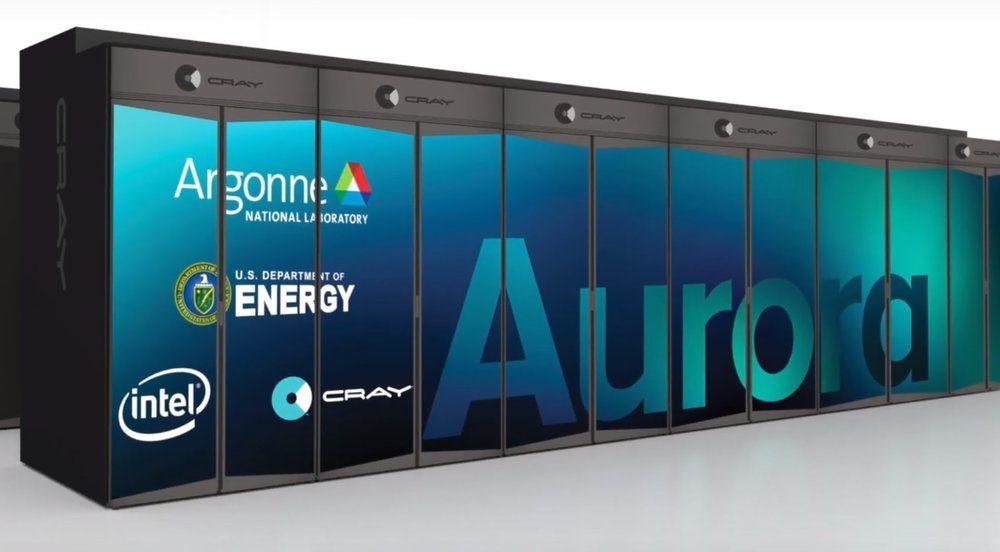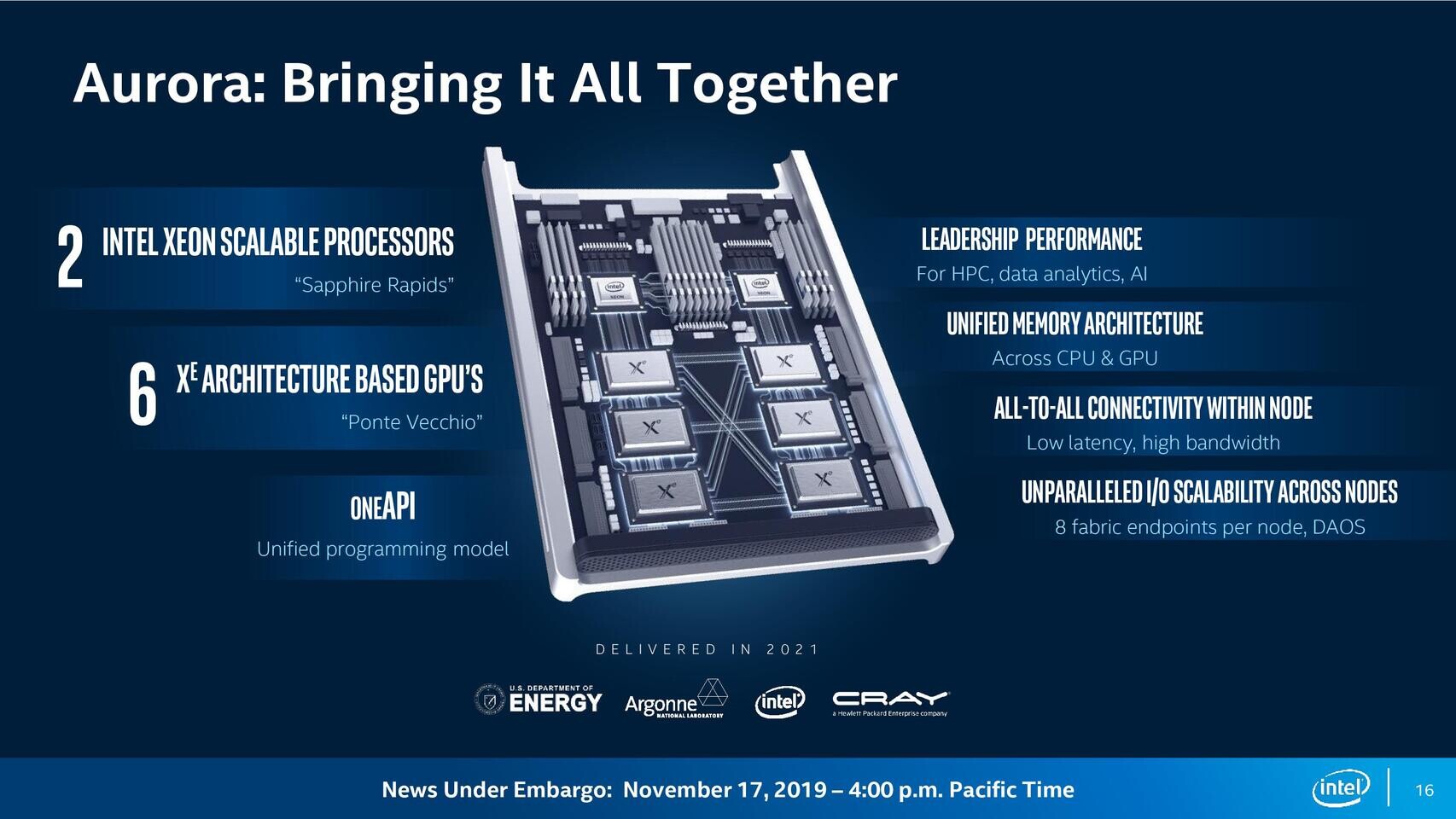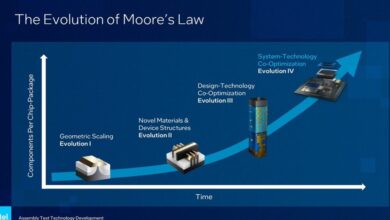
In March 2019 we talked, for the first time, about the Intel Aurora, a supercomputer that will go into the hands of the Argonne National Laboratory, located in Chicago, and that was the result of a contract signed between the chip giant and the United States Department of Energy. States, whose initial value was 500 million dollars.
The goal of the Intel Aurora supercomputer was break the ExaFLOP barrier, a figure that is equivalent to one million TeraFLOPs. To give this some context, we just have to remember that an RTX 3090 has a power of 35.5 TeraFLOPs, and here we are talking about a million, almost nothing.
To achieve that enormous power, this team will use Intel’s Ponte Vecchio graphic accelerators, and in theory it was going to be able to maintain that power of an ExaFLOP in sustained workloadsIn other words, we are not talking about a temporary maximum peak, but rather a gross performance value that this supercomputer could sustain without problem for long periods of time.
The point is that, in the end, Intel has decided to improve the initial specifications of this supercomputer, and has confirmed that the Aurora will have a hardware configuration powerful enough to make this computer capable of exceed the two ExaFLOPs of potency. It seems that the chip giant has been able to meet this goal thanks to the good performance that Ponte Vecchio is offering, so much so that it would have exceeded its own expectations.
In the initial stage of the contract, Intel committed to developing the graphics accelerators necessary to get the Aurora to achieve that ExaFLOP of power, which means that it left the door open for a possible performance improvement, since the hardware necessary to create that supercomputer it had not yet been defined.
According to the CEO of Intel, Pat Gelsinger, with its final configuration this equipment will be able to offer a peak power of 2.43 ExaFLOPs, and a sustained power of 1.7 ExaFLOPs, both working with double precision, that is, in FP64 . To achieve that level of performance, the Aurora will use Intel Xeon Sapphire Rapids processors with HBM memory and Ponte Vecchio GPUs configured with more than 47 blocks or “tiles.” In total, it will add more than 100 billion transistors. The installation process for this supercomputer has already begun, but it does not have an exact completion date marked.




